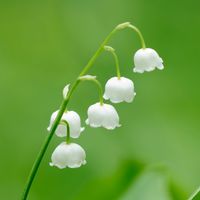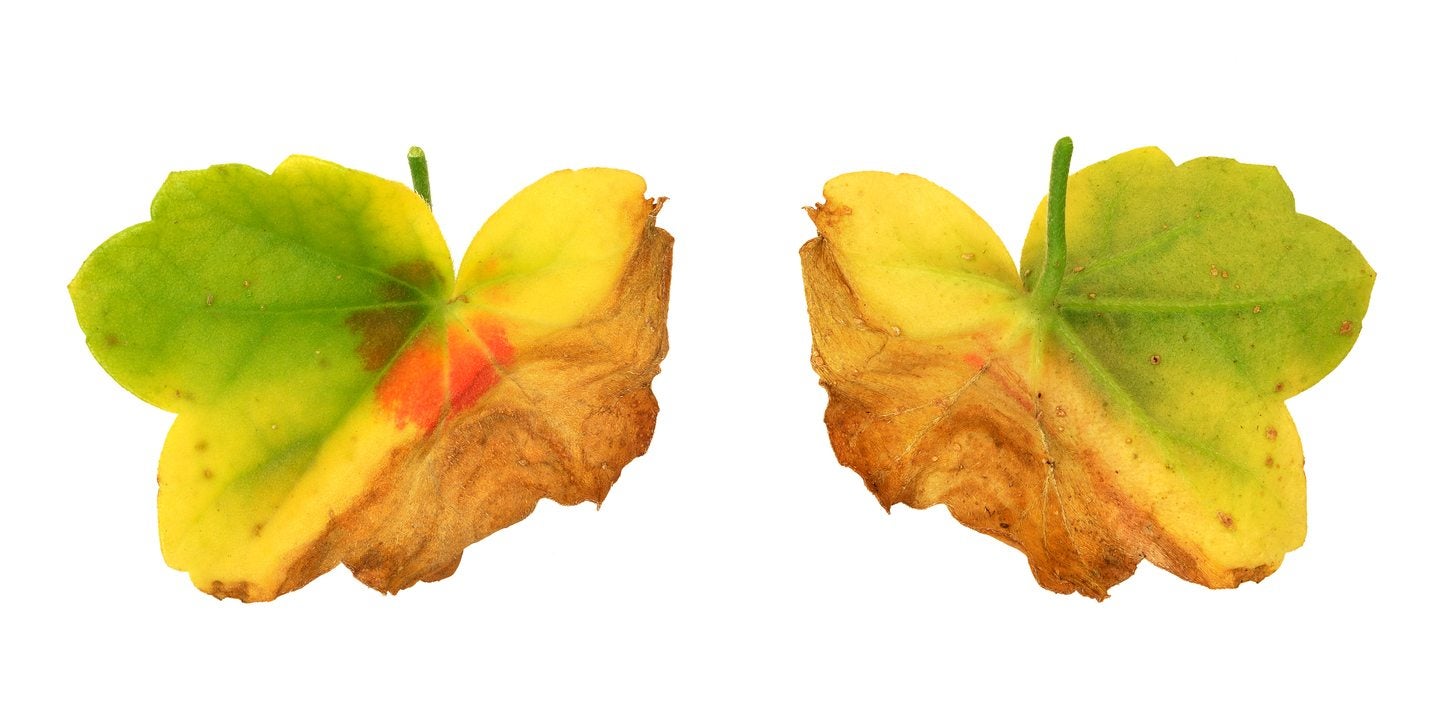Geranium Diseases: Treating A Sick Geranium Plant


Geraniums are one of the most popular indoor and outdoor flowering plants and are relatively hardy but, like any plant, can be susceptible to a number of diseases. It’s important to be able to identify diseases of geranium, if and when they do occur. Read on to learn more about the most common geranium problems and the best methods of treating a sick geranium plant.
Common Geranium Diseases
Alternaria Leaf Spot: Alternaria leaf spot is marked by dark brown, water-soaked circular spots that are ¼ to ½ inch (6 mm. to 1 cm.) in diameter. Upon examination of each individual spot, you will see the formation of concentric rings, which are reminiscent of the growth rings you see on the stump of a cut tree. Individual spots may be surrounded by a yellow halo. The most common course of treatment for geranium problems like this is an application of fungicide. Bacterial Blight: Bacterial blight presents itself in a few different ways. It can be identified by its circular or irregular shaped water-soaked spots/lesions, which are tan or brown in color. Yellow wedge-shaped areas (think Trivial Pursuit wedges) can also form with the wide part of the triangular wedge being along the leaf margin and the point of the wedge touching a leaf vein. The bacterium spreads into the vascular system of the plant via the veins and petioles of the leaves causing them, and eventually the entire plant, to wilt culminating in stem rot and death. Plants infected with bacterial blight should be discarded and good sanitation measures should be practiced, especially with gardening tools and potting benches – basically anything that may have come in contact with the diseased geranium. Botrytis Blight: Botrytis blight, or gray mold, is one of those geranium diseases that seem to be prevalent when the weather conditions are cool and damp. Usually, one of the first parts of the plant to become infected is the blossom, which turns brown, initially with a water-soaked appearance, and may transition to being covered with a coating of gray fungus spores. Affected blossoms fall prematurely and leaves touched by the descending petals will develop leaf spots or lesions. Prune off and destroy infected plant parts and keep the soil surrounding the plant clear of any debris. Fungicides may be applied at the first sign of disease to help curtail its spread. Pelargonium Rust: Unlike leaf spots and blights, which may be hard to discern from one another, rust fungus is fairly easy to identify. Reddish brown pustules develop on the underside of leaves with yellow areas forming directly over the pustules on the leaf’s surface. The removal of infected leaves and an application of fungicide is the best means of treating a sick geranium afflicted with rust. Blackleg: Blackleg is a disease of young plants and cuttings that is pretty much unmistakable. It is mentioned here because stem cuttings are a very popular and easy way to propagate geraniums. The stem of the geranium rots, starting out as a brown water-soaked rot at the base of the stem which turns black and spreads up the stem resulting in a rapid demise. Once blackleg takes hold, the cutting must be immediately removed and destroyed. Precautions can be taken to avoid diseases of geranium like blackleg by using a sterile rooting media, disinfecting tools used to take stem cuttings, and taking care not to overwater your cuttings as a damp environment can foster the disease.
Sign up for the Gardening Know How newsletter today and receive a free copy of our e-book "How to Grow Delicious Tomatoes".

Shelley Pierce was a writer for Gardening Know How, contributing to hundreds of articles for the site.